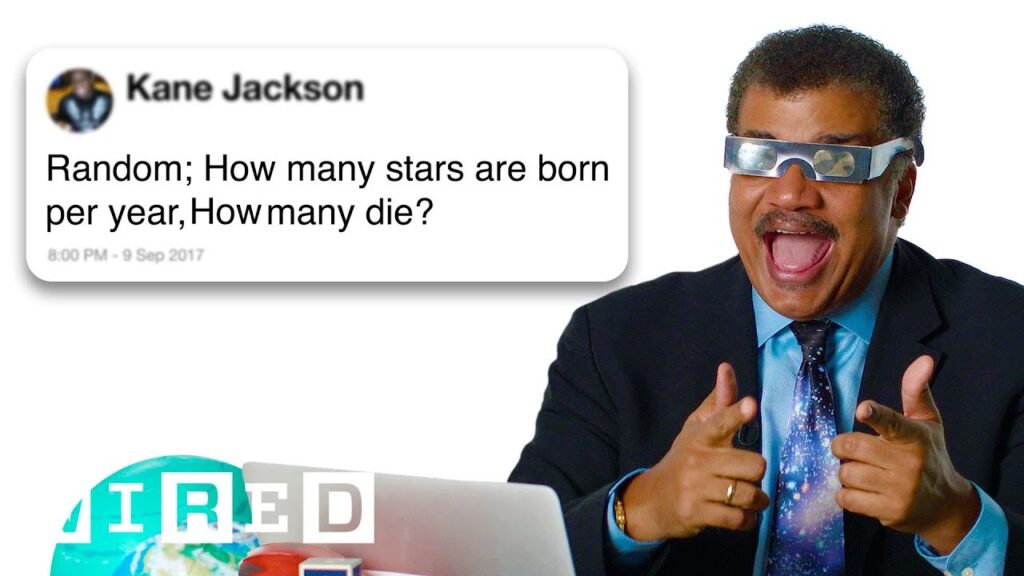Harmony in Music: Unlocking the Power of Emotion
Summary
In this article, we explore the concept of harmony in music and its ability to convey emotion. We delve into the different levels of complexity in harmony, from triads to chords, and how they can evoke different feelings. We also discuss the importance of the circle of fifths in navigating different keys and emotions. Ultimately, we highlight the power of harmony in creating a narrative and making it make sense.
Table of Contents
- The Power of Harmony in Music
- The Overtone and Undertone Series
- Rearranging Notes and Inversions
- Emotional Intentions in Harmony
- Negative Harmony and the Potential for Darkness
- Conclusion
The Power of Harmony in Music
At its core, harmony is about injecting melody with emotion to make it sound more exciting. Jacob Collier, a musician, explains that harmony can be broken down into five levels of increasing complexity. A triad, for example, is a three-part harmony that can be major or minor, with different emotions associated with each. The more notes you can add to a chord, the more you can convey through harmony.
The Overtone and Undertone Series
The overtone and undertone series reflect the natural world and provide a foundation for understanding harmony. The overtone series is a series of notes that naturally occur when a string is plucked or a column of air is blown into. The undertone series is the opposite, where the notes are produced by dividing a string or column of air. These series provide a framework for understanding the relationship between different notes and how they can be used to create harmonies.
Rearranging Notes and Inversions
Rearranging notes and using inversion can create new harmonies and add complexity to a piece of music. Every melody note works with every bass note, and by rearranging the notes, musicians can create new harmonies and emotions. Inversion, where the notes are played in a different order, can also create new harmonies and emotions.
Emotional Intentions in Harmony
It’s important for musicians to be aware of their emotional intentions when arranging music. Different keys and chords can evoke different emotions, and by understanding this, musicians can create a more powerful and emotional piece of music. The circle of fifths is a tool used to navigate different keys and the emotions they evoke.
Negative Harmony and the Potential for Darkness
Negative harmony is a concept where a piece of music is flipped upside down, creating a new harmony that is the opposite of the original. This can create a sense of darkness and tension in the music, and highlights the potential for different emotions in harmony.
Conclusion
In conclusion, harmony is a powerful tool in music that can convey a wide range of emotions. By understanding the different levels of complexity, the overtone and undertone series, and the importance of emotional intentions, musicians can create a more powerful and emotional piece of music. The potential for negative harmony also highlights the endless possibilities of harmony in music.







